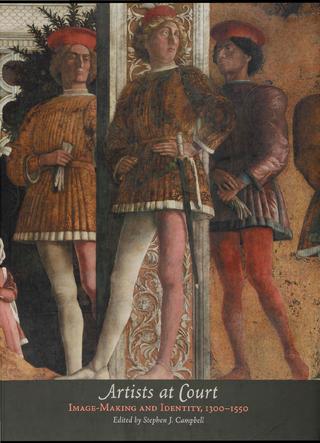- Shop
-
Makers
- Anatoli Jewelry
- Awe-Inspired
- Bonita Fierce Candles
- Carla Fernández
- Danny's Fine Porcelain
- Elmwood Inn Fine Teas
- Fable England
- February Mountain
- Floral Elixir Co.
- Les Anis de Flavigny Mints
- Maileg
- Michael Michaud
- Narrative Material
- St. Nicolas Ornaments
- Santa Maria Novella
- The Global Trunk
- Two Friends Chocolate
- We Dream in Colour
- Wolf & Moon Jewelry
- Custom Prints
-
Shop
▾
- New Additions
- eGift Card
- Raqib Shaw: Ballads
- of East and West
- Seasonal Collection
- Museum Made
- From the Desk of...
- Gardner Style
- Isabella Said
- ISGM at Home
- Magnets & Mugs
- Nasturtiums
- The Courtyard
- Accessories
- Apothecary
- Books
- Art Books
- Diversity & Inclusion
- Classic Literature
- Museum Publications
- Poetry
- Young Readers
-
Makers
▾
- Anatoli Jewelry
- Awe-Inspired
- Bonita Fierce Candles
- Carla Fernández
- Danny's Fine Porcelain
- Elmwood Inn Fine Teas
- Fable England
- February Mountain
- Floral Elixir Co.
- Les Anis de Flavigny Mints
- Maileg
- Michael Michaud
- Narrative Material
- St. Nicolas Ornaments
- Santa Maria Novella
- The Global Trunk
- Two Friends Chocolate
- We Dream in Colour
- Wolf & Moon Jewelry
- Custom Prints
- Cart
Artists at Court : Image-Making and Identity, 1300-1550
$14.00
Many artists in Renaissance Europe worked for rulers who maintained courts, yet not all of them can be accurately called court artists. The essays featured in Artists at Court explore the experiences and artistic works of artists for whom princely service was a crucial step in their career. The contributors to this volume examine the court artist's working conditions in administrative and ceremonial capacities and how the artists' royal clients may have influenced perceptions of the artist's role and of art itself. They discuss famous artists such as Raphael, Leonardo, Claus Sluter, and Albrecht Dürer, as well as the lesser-known creators of impressive works produced for famous patrons, including the poet Petrarch, the Dukes of Savoy, and the Bentivoglio rulers of Bologna. Their examination raises questions such as How did the artist's terms of employment compare with those of other court functionaries To what extent did court employment correspond with the elevated characterizations of art and artists that began appearing in art treatises by Filarete, Leonardo, and Vasari, among others A fascinating volume that challenges the traditional dichotomy between the alleged freedom of artists working under early capitalism and the supposed subordination of the craftsman working for autocratic rulers, Artists at Court probes the truth behind alternately romantic and oppressed conceptions of the Renaissance artist.
Edited by Stephen J. Campbell268 pages
Published by the Isabella Stewart Gardner Museum
Distributed by University of Chicago Press, 2002
Share:
CONCIERGE
Contact
Phone: 617-278-5122
Email: gift@isgm.org
Monday 11 am–5 pm
Tuesday Closed
Wednesday 11 am–5 pm
Thursday 11 am–9 pm
Friday 11 am–5 pm
Saturday 10 am–5 pm
Sunday 10 am–5 pm
BECOME A MEMBER AND SAVE!
SIGN OUR GUESTBOOK
Enter your e-mail address below to stay informed about new products and promotions.
© 2024 Gift at the Gardner.


